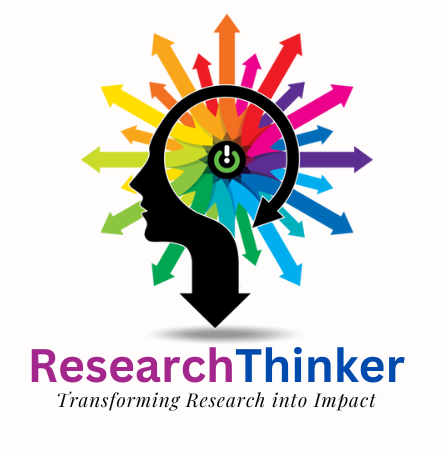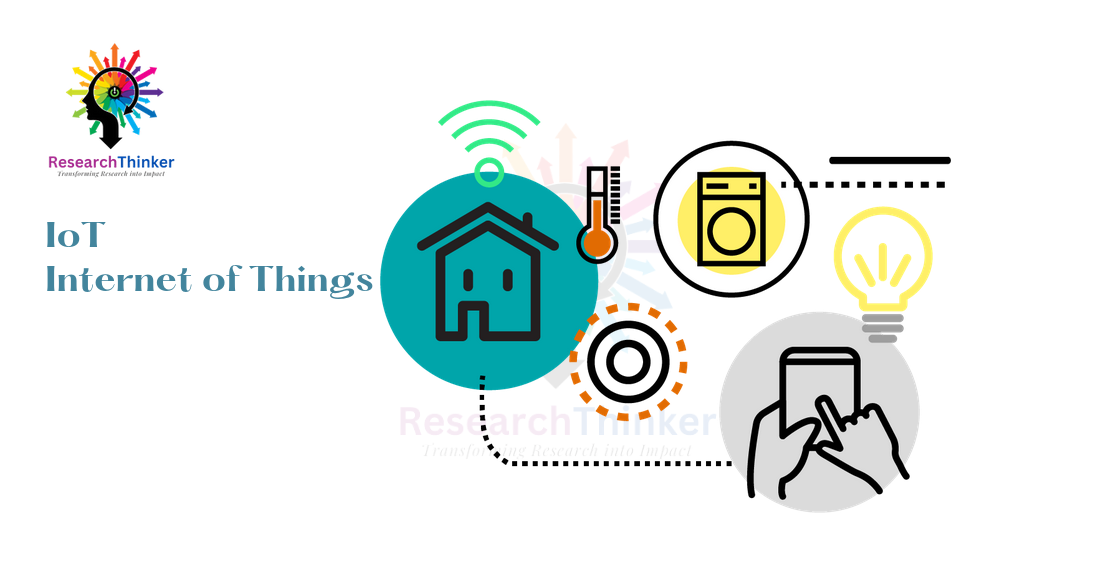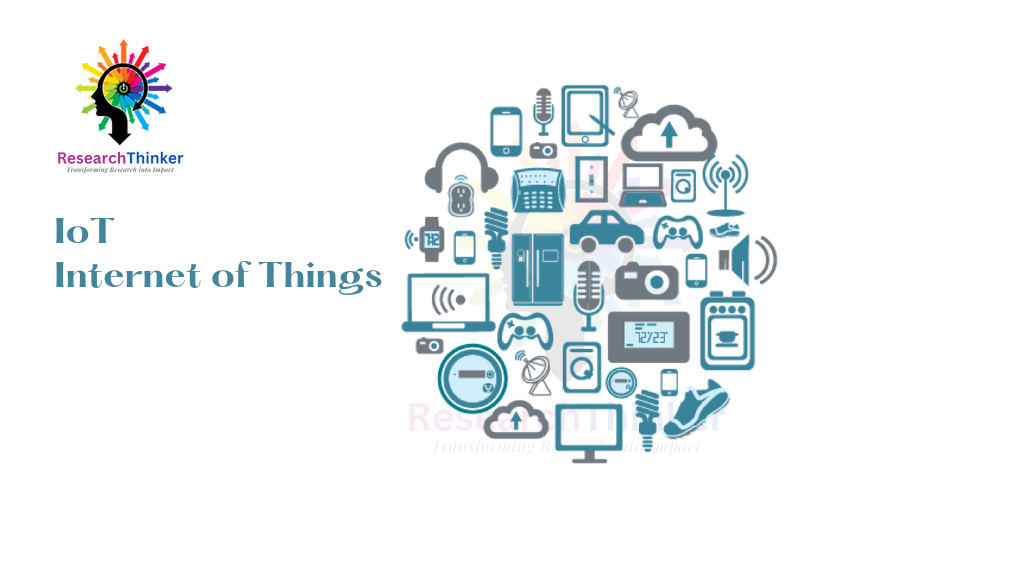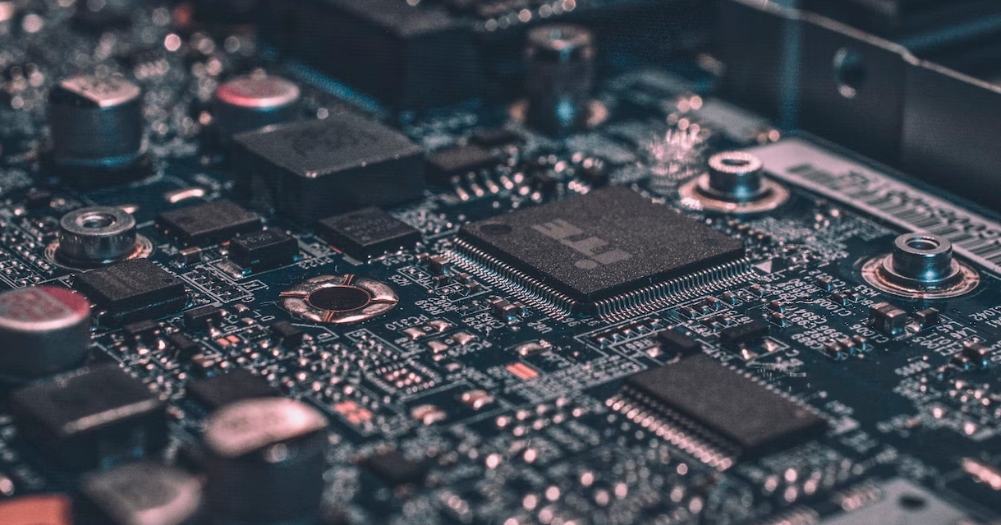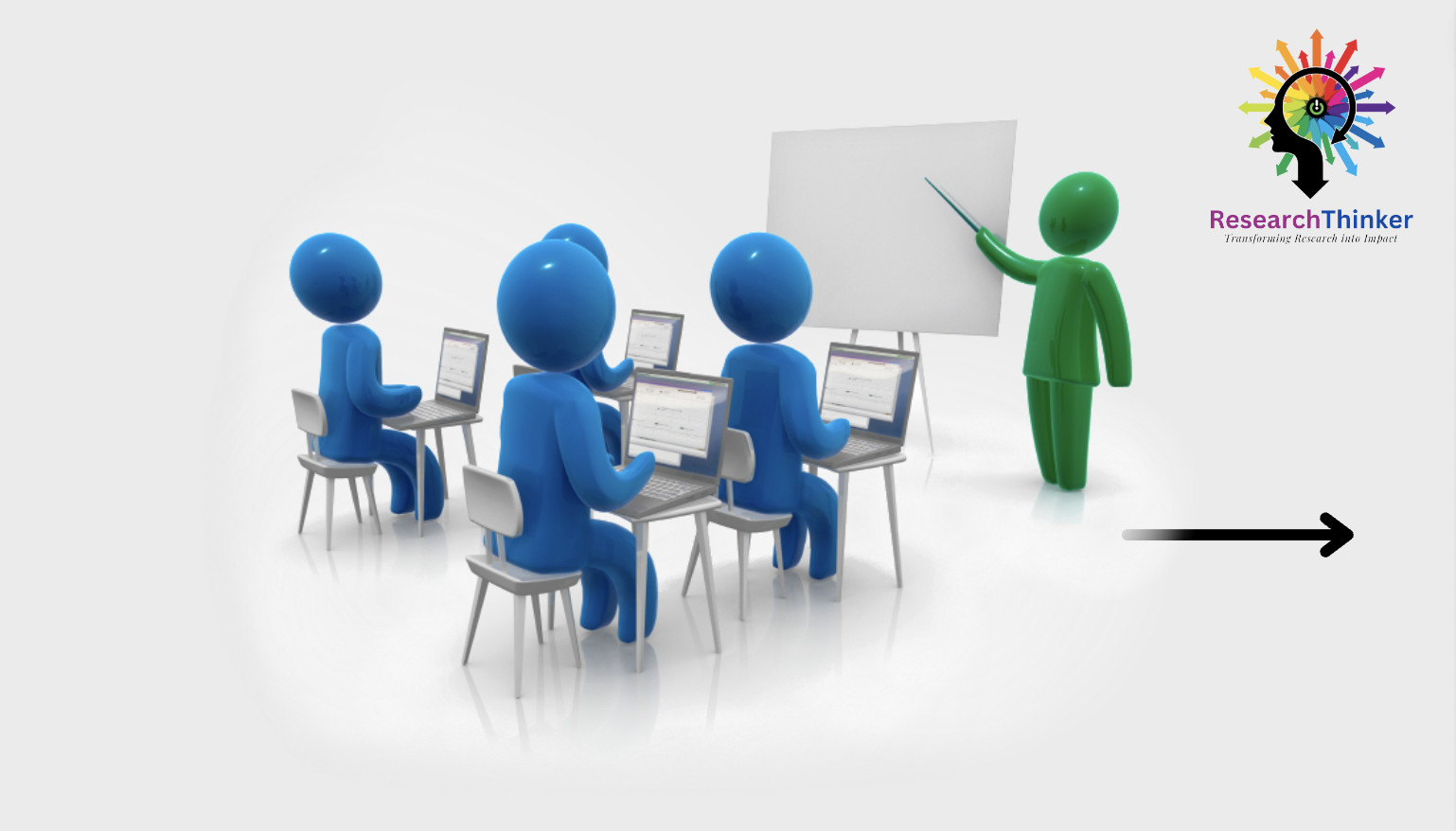These are 80 IoT interview questions and answers in 2023:
1. What is IoT?
IoT stands for Internet of Things. It refers to the network of interconnected physical devices or objects that can communicate and exchange data over the internet.
2. Name some applications of IoT.
Some applications of IoT include smart homes, industrial automation, healthcare monitoring, agriculture monitoring, smart cities, and vehicle tracking.
3. What are the key components of an IoT system?
The key components of an IoT system are:
– Sensors and Actuators
– Connectivity
– Data Processing and Storage
– User Interface
– Cloud Services
– Security
4. Explain the difference between IoT and M2M (Machine-to-Machine) communication.
IoT involves the connection of devices to the internet to enable data exchange and remote control. M2M refers to direct communication between machines without human intervention.
5. What are some common IoT communication protocols?
Some common IoT communication protocols include MQTT, CoAP, HTTP, WebSocket, and Zigbee.
6. What is a sensor in the context of IoT?
A sensor is a device that detects and measures physical or environmental conditions, such as temperature, humidity, light, motion, etc., and converts them into electrical signals for further processing.
7. What is an actuator in the context of IoT?
An actuator is a device that receives signals from the IoT system and performs actions or operations, such as turning on/off a motor, opening/closing a valve, or controlling a physical process.
8. What is edge computing in IoT?
Edge computing refers to the practice of processing and analyzing data near the source or edge of the network, instead of sending all data to the cloud. It helps in reducing latency, conserving bandwidth, and improving real-time decision-making in IoT applications.
9. Explain the concept of IoT gateway.
An IoT gateway is a device or software component that serves as a bridge between IoT devices and the cloud. It helps in aggregating data from multiple devices, performing local processing, and establishing secure communication with the cloud.
10. What is MQTT (Message Queuing Telemetry Transport)?
MQTT is a lightweight messaging protocol designed for efficient communication between IoT devices and applications. It follows a publish-subscribe model, where devices publish data to topics, and applications subscribe to those topics to receive the data.
11. How does IoT contribute to smart homes?
IoT enables the integration of various devices in a home, such as smart lights, thermostats, security systems, and appliances, allowing remote control and automation. It enhances convenience, energy efficiency, and home security.
12. What is a digital twin in IoT?
A digital twin is a virtual representation of a physical device, system, or process. It helps in monitoring and analyzing real-time data, simulating scenarios, and predicting behavior to optimize performance and maintenance.
13. Explain the concept of Industry 4.0 and its relation to IoT.
Industry 4.0 refers to the fourth industrial revolution characterized by the integration of IoT, automation, data analytics, and artificial intelligence in manufacturing and industrial processes. IoT plays a crucial role in collecting and analyzing data from machines, enabling predictive maintenance, and optimizing production processes.
14. What is LPWAN (Low-Power Wide Area Network)?
LPWAN is a type of wireless network designed to provide long-range communication with low power consumption. It is suitable for IoT applications that require long battery life and extended coverage, such as smart agriculture, asset tracking, and smart cities.
15. What is fog computing in IoT?
Fog computing in IoT refers to decentralized data processing and analysis at the edge of the network, closer to the data source, to reduce latency and enable real-time decision-making
16. What is the role of cloud computing in IoT?
Cloud computing in IoT provides scalable and flexible storage, computing power, and services for handling the massive amounts of data generated by IoT devices. It also offers data analytics capabilities, remote device management, and secure data storage.
17. What are the security challenges in IoT?
Security challenges in IoT include device authentication, data encryption, secure communication, access control, firmware/software updates, and protection against cyber threats and vulnerabilities.
18. What is the difference between IoT and IIoT (Industrial IoT)?
IoT is a broad concept that encompasses the interconnection of everyday objects, while IIoT focuses specifically on the application of IoT in industrial settings, such as manufacturing, energy, and transportation sectors.
19. How does IoT contribute to energy efficiency?
IoT enables smart energy management by monitoring and optimizing energy consumption in buildings, factories, and transportation systems. It facilitates real-time data collection, analysis, and control to reduce wastage and improve efficiency.
20. What are the privacy concerns in IoT?
Privacy concerns in IoT include the collection and sharing of personal data, the potential for unauthorized access or surveillance, and the need for transparent data usage and consent mechanisms.
21. What is the role of AI (Artificial Intelligence) in IoT?
AI plays a crucial role in IoT by enabling advanced analytics, machine learning, and predictive algorithms to derive insights from IoT data. It helps in automation, anomaly detection, and intelligent decision-making.
22. What is the concept of digital transformation in relation to IoT?
Digital transformation refers to the integration of digital technologies, including IoT, into all aspects of business operations, resulting in fundamental changes in how businesses operate, deliver value, and interact with customers.
23. How does IoT impact the healthcare industry?
IoT in healthcare enables remote patient monitoring, telemedicine, wearable devices for health tracking, and smart healthcare systems. It improves patient care, facilitates early detection of health issues, and enhances healthcare delivery efficiency.
24. What is the role of IoT in smart agriculture?
IoT in smart agriculture enables monitoring and control of environmental conditions, soil moisture, crop health, and irrigation systems. It helps in optimizing resource usage, increasing crop yield, and reducing environmental impact.
25. How does IoT contribute to smart transportation?
IoT enables vehicle tracking and fleet management, real-time traffic monitoring, smart parking systems, and connected infrastructure for transportation. It improves efficiency, safety, and reduces congestion.
26. What is the concept of wearables in IoT?
Wearables are IoT devices that can be worn on the body, such as smartwatches, fitness trackers, and health monitoring devices. They collect data about the user’s health, activity, and environment.
27. What is the role of IoT in environmental monitoring?
IoT enables the monitoring of air quality, water quality, pollution levels, and climate conditions. It helps in early detection of environmental risks, conservation efforts, and sustainable resource management.
28. How does IoT contribute to smart cities?
IoT in smart cities enables intelligent infrastructure management, efficient energy usage, smart transportation systems, waste management, and public safety enhancements.
29. What are the challenges in implementing IoT solutions?
Challenges in implementing IoT solutions include interoperability of devices and platforms, data management and analysis, privacy and security concerns, scalability, and integration with existing systems.
30. What is MQTT-SN (MQTT for Sensor Networks)?
MQTT-SN is a variation of MQTT protocol designed for constrained devices and low-power sensor networks. It optimizes the protocol for resource-constrained environments.
31. How does IoT impact supply chain management?
IoT enables real-time tracking and monitoring of goods, inventory management, predictive maintenance of equipment, and optimization of logistics processes in the supply chain.
32. What is the role of edge analytics in IoT?
Edge analytics involves processing and analyzing data at the edge of the network, closer to the data source. It helps in reducing latency, bandwidth usage, and enables real-time decision-making in IoT applications.
33. What is the concept of digital signage in IoT?
Digital signage in IoT involves using connected displays and interactive screens to deliver targeted content and advertisements in various public spaces.
34. What are the challenges of implementing IoT in healthcare?
Challenges of implementing IoT in healthcare include ensuring data privacy and security, interoperability of medical devices and systems, regulatory compliance, and integration with existing healthcare IT infrastructure.
35. How does IoT contribute to predictive maintenance?
IoT enables real-time monitoring of equipment and assets, collecting data on their performance and condition. This data is then used to predict maintenance needs, optimize maintenance schedules, and minimize downtime.
36. What is the concept of smart grid in IoT?
Smart grid in IoT refers to an intelligent electrical grid that uses IoT technologies to monitor, control, and optimize the generation, distribution, and consumption of electricity. It enables better energy management, grid stability, and integration of renewable energy sources.
37. How does IoT impact the retail industry?
IoT in retail enables smart inventory management, personalized shopping experiences, real-time customer analytics, and smart payment systems. It enhances operational efficiency, customer engagement, and sales.
38. What is the role of fog computing in IoT?
Fog computing, also known as edge computing, involves processing and analyzing data at the edge of the network, closer to the data source. It helps in reducing latency, conserving bandwidth, and enabling real-time decision-making in IoT applications.
39. How does IoT contribute to waste management?
IoT enables smart waste management systems by monitoring and optimizing waste collection routes, container fill levels, and recycling processes. It helps in reducing costs, improving efficiency, and promoting sustainable waste management practices.
40. What is the concept of smart lighting in IoT?
Smart lighting in IoT involves using connected and controllable lighting systems to enhance energy efficiency, automate lighting controls, and create personalized lighting experiences.
41. How does IoT impact the insurance industry?
IoT enables usage-based insurance models, where data from connected devices, such as telematics devices in vehicles, is used to determine insurance premiums. It also enables remote asset monitoring and risk management.
42. What is the concept of digital cities in IoT?
Digital cities in IoT involve using connected technologies to enhance various aspects of urban life, including transportation, public safety, energy management, waste management, and citizen services.
43. How does IoT contribute to asset tracking and management?
IoT enables real-time tracking and monitoring of assets, such as vehicles, equipment, and inventory. It helps in optimizing asset utilization, reducing theft or loss, and streamlining maintenance processes.
44. What are the challenges of implementing IoT in industrial environments?
Challenges of implementing IoT in industrial environments include interoperability of devices and systems, legacy equipment integration, data security, standardization, and managing the scale and complexity of IoT deployments.
45. How does IoT impact the agriculture industry?
IoT in agriculture enables precision farming, soil monitoring, crop health monitoring, automated irrigation systems, and livestock management. It improves productivity, resource efficiency, and reduces environmental impact.
46. What is the concept of smart metering in IoT?
Smart metering in IoT involves using connected meters to measure and monitor energy consumption, water usage, or other utilities in real-time. It enables accurate billing, demand response, and energy conservation.
47. What is the role of blockchain in IoT?
Blockchain in IoT provides a decentralized and secure ledger for recording and verifying transactions and data exchanges between IoT devices. It ensures data integrity, immutability, and enables trusted interactions in IoT networks.
48. How does IoT impact the logistics and transportation industry?
IoT enables real-time tracking of shipments, asset management, route optimization, fleet management, and predictive maintenance in the logistics and transportation industry. It improves efficiency, reduces costs, and enhances customer satisfaction.
49. What are the challenges of data management in IoT?
Challenges of data management in IoT include data volume, velocity, variety, and veracity. Managing and processing large amounts of data from diverse sources, ensuring data quality, and extracting meaningful insights pose significant challenges.
50. What is the concept of wearable health devices in IoT?
Wearable health devices in IoT include fitness trackers, smartwatches, and medical wearables that monitor and collect data on an individual’s health and well-being. They enable remote health monitoring and personalized healthcare.
51. How does IoT impact the manufacturing industry?
IoT in manufacturing, also known as Industrial IoT (IIoT), enables connected factories, predictive maintenance, real-time production monitoring, supply chain optimization, and automation. It improves productivity, reduces downtime, and enhances quality control.
52. What is the role of 5G in IoT?
5G networks provide higher bandwidth, lower latency, and increased connectivity density, enabling faster and more reliable communication between IoT devices. It supports the growth of IoT applications that require high-speed data transfer and real-time responsiveness.
53. What are the challenges of IoT data security?
Challenges of IoT data security include device vulnerabilities, data encryption, secure communication, access control, and protection against cyber threats. Ensuring end-to-end security across IoT ecosystems is critical.
54. How does IoT impact the banking and finance industry?
IoT enables connected payment systems, secure transactions, real-time fraud detection, smart ATMs, and asset tracking in the banking and finance industry. It enhances security, customer experience, and operational efficiency.
55. What is the concept of smart homes in IoT?
Smart homes in IoT involve connecting various household devices, appliances, and systems to a central control hub for automation, energy management, and remote control. It enhances convenience, energy efficiency, and home security.
56. What is the role of big data analytics in IoT?
Big data analytics in IoT involves processing and analyzing large volumes of IoT-generated data to extract valuable insights, patterns, and trends. It helps in decision-making, predictive modeling, and optimization of IoT systems.
57. How does IoT impact the healthcare industry during pandemics?
IoT enables remote patient monitoring, telemedicine, contactless healthcare delivery, and real-time tracking of healthcare resources during pandemics. It helps in reducing the spread of diseases and ensuring efficient healthcare management.
58. What is the concept of smart grid in IoT?
Smart grid in IoT refers to an intelligent electrical grid that uses IoT technologies to monitor, control, and optimize the generation, distribution, and consumption of electricity. It enables better energy management, grid stability, and integration of renewable energy sources.
59.What is the concept of digital twins in IoT?
Digital twins in IoT refer to virtual representations of physical objects or systems, enabling real-time monitoring, analysis, and simulation. They help in predictive maintenance, optimization, and decision-making.
60. What is the concept of smart cities in IoT?
Smart cities in IoT involve leveraging connected technologies to enhance various aspects of urban life, including transportation, energy management, waste management, public safety, and citizen services. It aims to improve the quality of life for residents.
61. How does IoT contribute to environmental sustainability?
IoT enables environmental monitoring, resource optimization, and efficient energy management, leading to reduced carbon footprint, conservation of natural resources, and sustainable practices.
62. What is the concept of edge intelligence in IoT?
Edge intelligence involves processing and analyzing data at the edge of the network, closer to the data source, using machine learning and AI algorithms. It helps in real-time decision-making, reducing latency, and conserving bandwidth in IoT applications.
63. How does IoT impact the education sector?
IoT in education enables personalized learning experiences, smart classrooms, remote learning, and campus management. It enhances student engagement, improves administrative efficiency, and enables data-driven decision-making.
64. What is the role of fog computing in IoT?
Fog computing, also known as edge computing, involves processing and analyzing data at the edge of the network, closer to the data source. It helps in reducing latency, conserving bandwidth, and enabling real-time decision-making in IoT applications.
65. What are the challenges of implementing IoT in smart cities?
Challenges of implementing IoT in smart cities include interoperability of devices and systems, data privacy and security, citizen acceptance and engagement, infrastructure requirements, and long-term sustainability.
66. What is the concept of digital identity in IoT?
Digital identity in IoT refers to a unique identifier assigned to each IoT device, enabling secure authentication, access control, and data privacy. It ensures that only authorized devices can access and interact with IoT systems.
67. How does IoT contribute to emergency response and disaster management?
IoT enables real-time monitoring of critical infrastructure, early warning systems, remote sensing, and situational awareness during emergencies or disasters. It helps in efficient response coordination and minimizing damage.
68. What is the concept of smart retail in IoT?
Smart retail in IoT involves using connected technologies to enhance the customer shopping experience, optimize inventory management, enable personalized marketing, and provide seamless omnichannel experiences.
69. What are the challenges of IoT interoperability?
Challenges of IoT interoperability include integration of diverse devices and platforms, data exchange formats, communication protocols, and ensuring seamless interoperability across different IoT ecosystems.
70. How does IoT impact the insurance industry in terms of risk assessment?
IoT enables real-time monitoring of insured assets, such as vehicles or properties, providing accurate data for risk assessment. It helps insurance companies offer personalized policies, detect fraud, and optimize risk management.
71. What is the role of AI and machine learning in IoT analytics?
AI and machine learning techniques in IoT analytics enable predictive modeling, anomaly detection, and intelligent decision-making based on patterns and trends in IoT data. They help in extracting valuable insights from IoT-generated data.
72. How does IoT contribute to energy grid optimization?
IoT enables real-time monitoring of energy generation, consumption, and distribution, allowing utilities to optimize grid operations, balance load, and integrate renewable energy sources efficiently.
73. What is the concept of smart parking in IoT?
Smart parking in IoT involves using connected sensors and systems to provide real-time information about parking space availability, guiding drivers to vacant spots, reducing traffic congestion, and improving parking efficiency.
74. What are the challenges of IoT data analytics?
Challenges of IoT data analytics include handling large volumes of data, ensuring data quality and reliability, managing data storage and processing infrastructure, and extracting meaningful
76. What is the role of blockchain in IoT?
Blockchain in IoT provides a secure and transparent way to record and verify IoT device transactions and data exchanges, enhancing trust, privacy, and data integrity.
77. How does IoT impact healthcare?
IoT in healthcare enables remote patient monitoring, smart healthcare systems, real-time health data collection, and personalized medicine, leading to improved patient care, preventive healthcare, and cost savings.
78. What are the ethical considerations in IoT deployment?
Ethical considerations in IoT include data privacy, security, consent, and responsible data usage. It is crucial to ensure transparency, user control, and protection of personal information.
79. How does IoT contribute to precision agriculture?
IoT enables precision agriculture through real-time monitoring of soil conditions, weather patterns, crop health, and automated irrigation, optimizing resource usage, increasing yield, and reducing environmental impact.
80. What are the challenges of IoT security?
Challenges of IoT security include securing a vast number of connected devices, protecting against cyber threats, ensuring data privacy, implementing strong authentication, and keeping up with security patches and updates.
